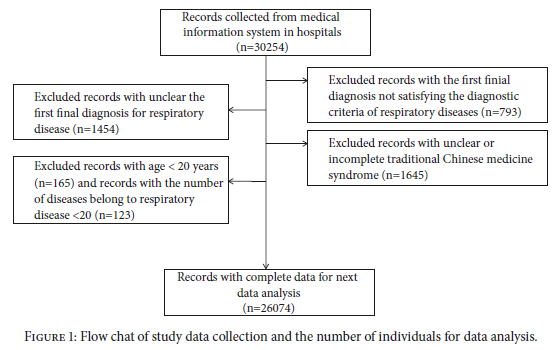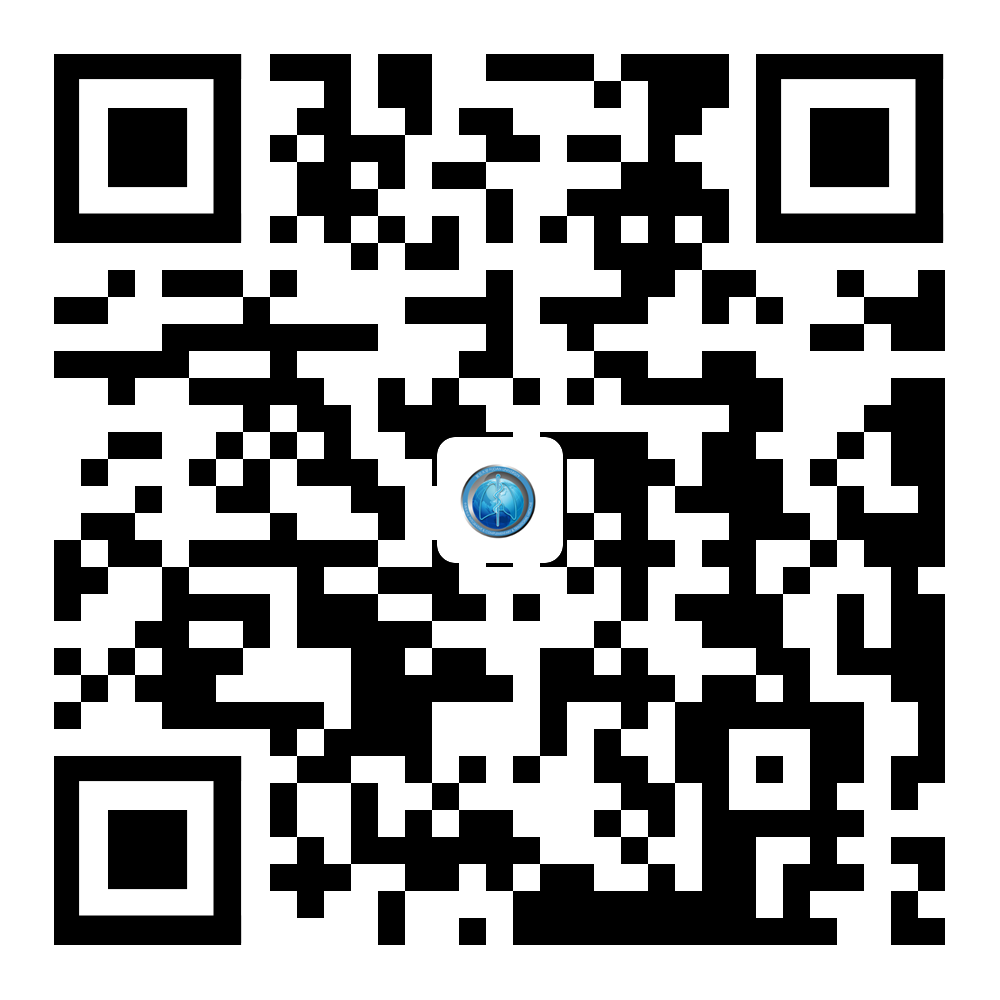A Real-World Evidence Study for Distribution of Traditional Chinese Medicine Syndrome and Its Elements on Respiratory Disease
Fei Xu#, Wengqiang Cui#, Qing Kong, Zihui Tang*, and Jingcheng Dong*
Evidence-Based Complementary and Alternative Medicine
Volume 2018, Article ID 8305892, 11 pages
Background
This study aimed to investigate the distribution and characteristics of traditional Chinese medicine (TCM) syndrome and its elements on respiratory diseases (RDs) based on real-world data (RWD).
Methods
A real-world study was performed to explore the relationships among TCM syndrome and RDs based on electronic medical information. A total of 26,074 medical records with complete data were available for data analysis. Factor analyses were used to reduce dimensions of TCM syndrome elements and detect common factors. Additionally, cluster analyses were employed to assess combinations of TCM syndrome elements. Finally, association rule analyses were performed to investigate the structures of TCM syndrome elements to estimate the patterns of TCM syndrome.
Results
A total of 27 TCM syndromes were extracted from RWD in this work. There were four TCM syndromes with >5.0% frequency based on the distribution frequency.The top five pathogenesis TCM syndrome elements were Tan, Huo, Feng, Qi Xu, and Han. Factor analysis, cluster analysis, and association rule analysis demonstrated that Tan, Huo, Feng, Qi Xu, Shen, and Fei were the core TCM syndrome elements.
Conclusion
Four common Shi TCM syndromes on RDs were identified: Tan Re Yong Fei, Tan Zhuo Zu Fei, Feng Re Fan Fei, and Feng Han Xi Fei; two core common Xu TCM syndromes (Fei Shen Qi Xu and Fei Yin Xu) and two core common Mix TCM syndromes (Fei Pi Qi Xu-Tan Shi Yun Fei and Fei Shen Qi Xu-Tan Yu Zu Fei) were also determined. The core TCM syndrome elements of Tan, Huo, Feng, Qi Xu, Shen, and Fei were identified in this work.



